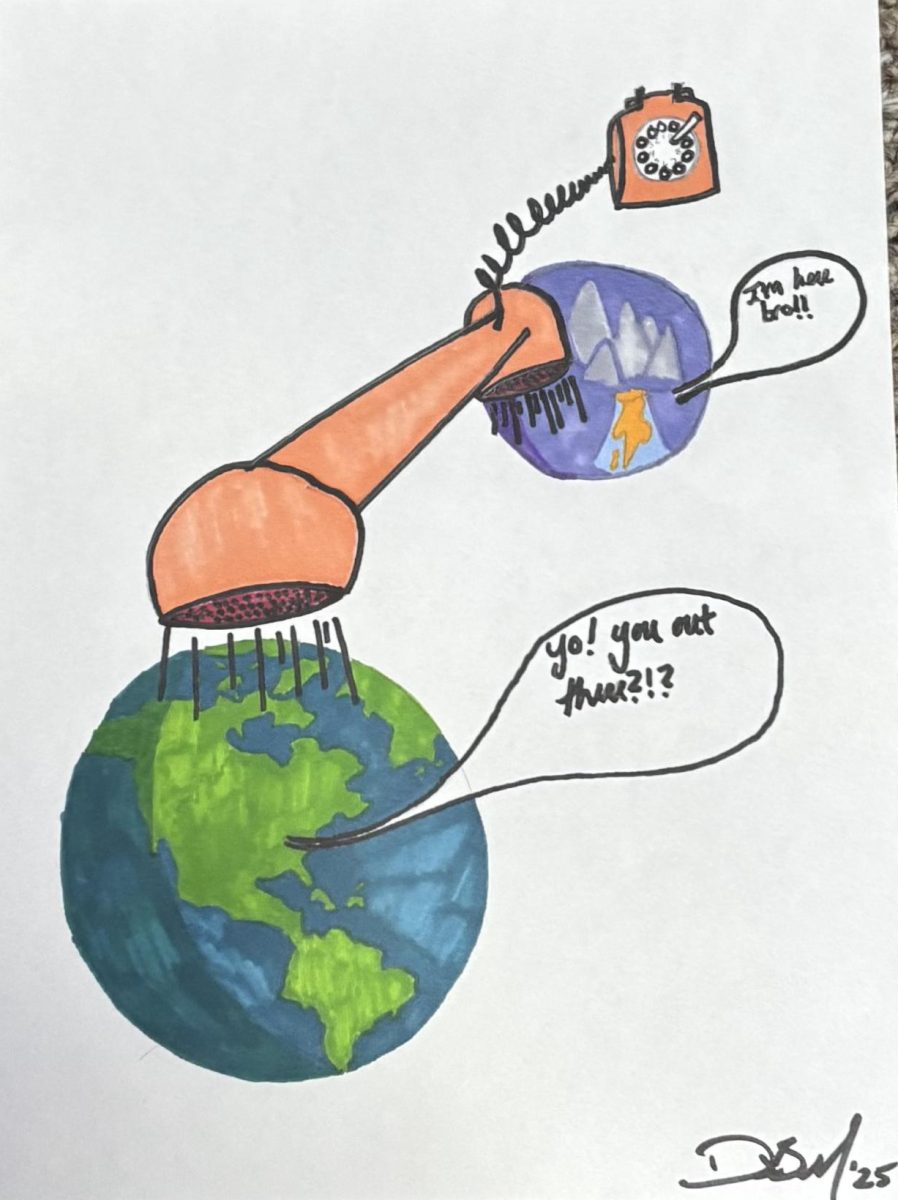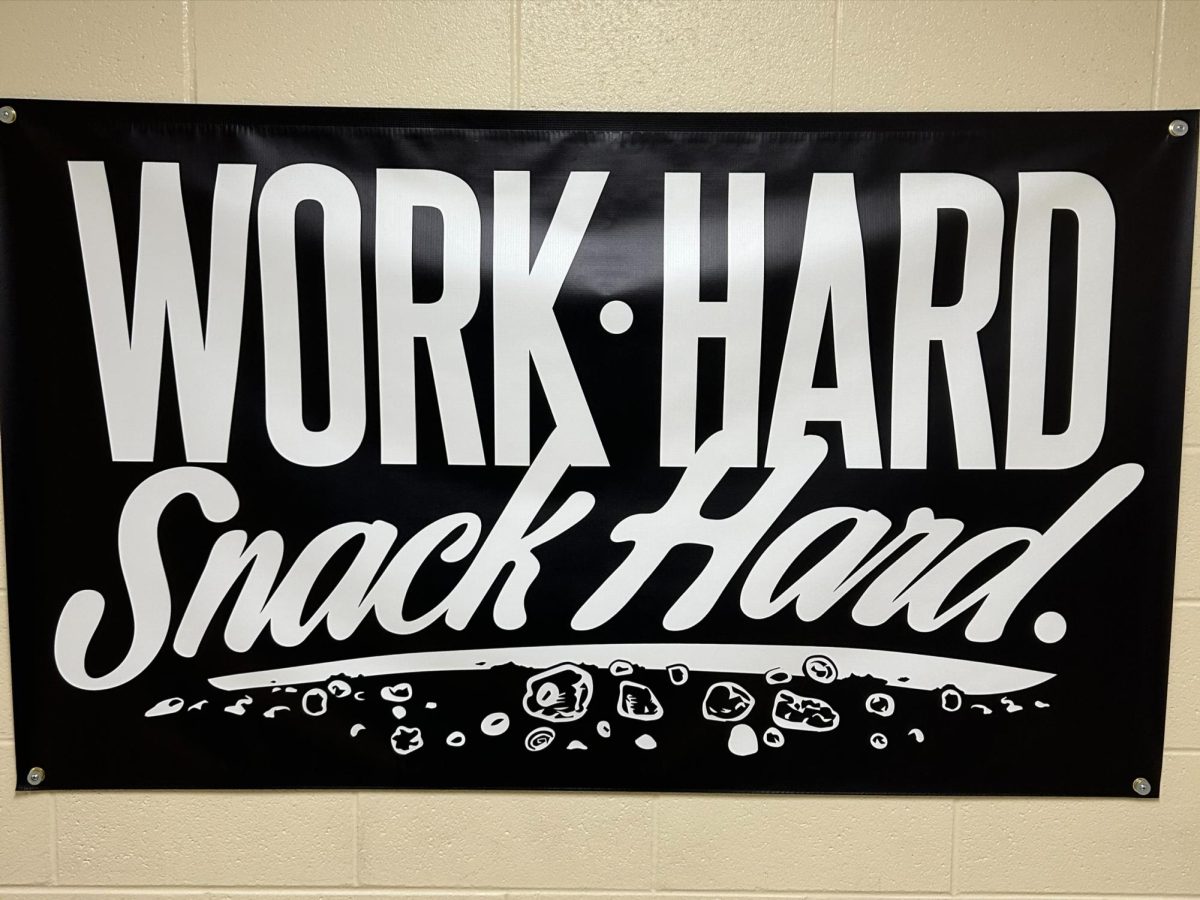If you’ve ever wondered why the price of your favorite imported goods suddenly rises, the answer might lie in tariffs. Okay, but does that really answer the question? What ARE tariffs? With President Trump’s April 2nd announcement that the US would be levying tariffs of up to 145% on goods from almost every country, something we used to ignore in history class is now really important. Did you hear they might delay the delivery of Switch 2 to the US, and that your first car might be significantly more expensive? Yeah. This is important now.
According to the International Trade Administration, a tariff is, “a tax levied by governments on the value including freight and insurance of imported products. Different tariffs applied on different products by different countries.” Before you get lost, this just means that it’s a tax on imported goods, including shipping and insurance, with different rates depending on the product itself and the country it’s coming from. You might wonder, “Why should I care about this?” Well, this can affect you for a long time, increasing tariffs equals increasing prices, according to the University of Virginia, “Prices rise because some portion of the additional cost imposed by a tariff is typically passed on to consumers. This means higher prices for consumers for everyday goods.” If you don’t know what this means, it’s just saying that as tariffs are increased, producers increase the price on their products to make up for it, which means that consumers end up paying more money.
But tariffs weren’t always this high. In the mid-1990s, the World Trade Organization played a crucial role in reducing tariffs worldwide, for all kinds of products, for example, there was a, “40% cut in their tariffs on industrial products, from an average of 6.3% to 3.8%” This shows how effective they were at reducing the tariffs. Tariffs remained fairly low for many years, until recently.
A considerable amount of people thinks that there’s only one type of tariffs, but that’s actually untrue, there’s about 5 different types of them. According to The National Agricultural Law Center, “These include specific tariffs, ad valorem tariffs, compound tariffs, tariff-rate quotas, and retaliatory tariffs.” To not keep you for very long, I’ll just briefly describe them. First, specific tariffs, these are tariffs that stay the same no matter how much the product costs. Second, compound tariffs, these are the opposite of specific tariffs, it completely depends on the price of the product. Third, a compound tariff is a mix of ad valorem and specific tariffs; it taxes imported goods based on both how many there are and how much they’re worth. Next, tariff-rate quotas, these are basically a two-step tax on imported goods, first, a lower tax applies to a set amount of imports, but once that limit is reached, the tax goes up for any extra imports. Finally, retaliatory tariffs can be imposed for national security threats or unfair trade practices.
So, what are the most common reasons for tariffs being imposed? Well, according to Brookings, tariffs are usually imposed “to incentivize foreign countries to change their practices.” But what does this mean? It just means that we’re using our leverage as an influential nation in the world to make other nations change their ways.
In conclusion, tariffs play a significant role in the US and all over the world, impacting things such as the prices of imported products. While they can serve as tools for negotiation or protecting domestic industries, they often result in higher prices for consumers, affecting everyday goods and services.






























